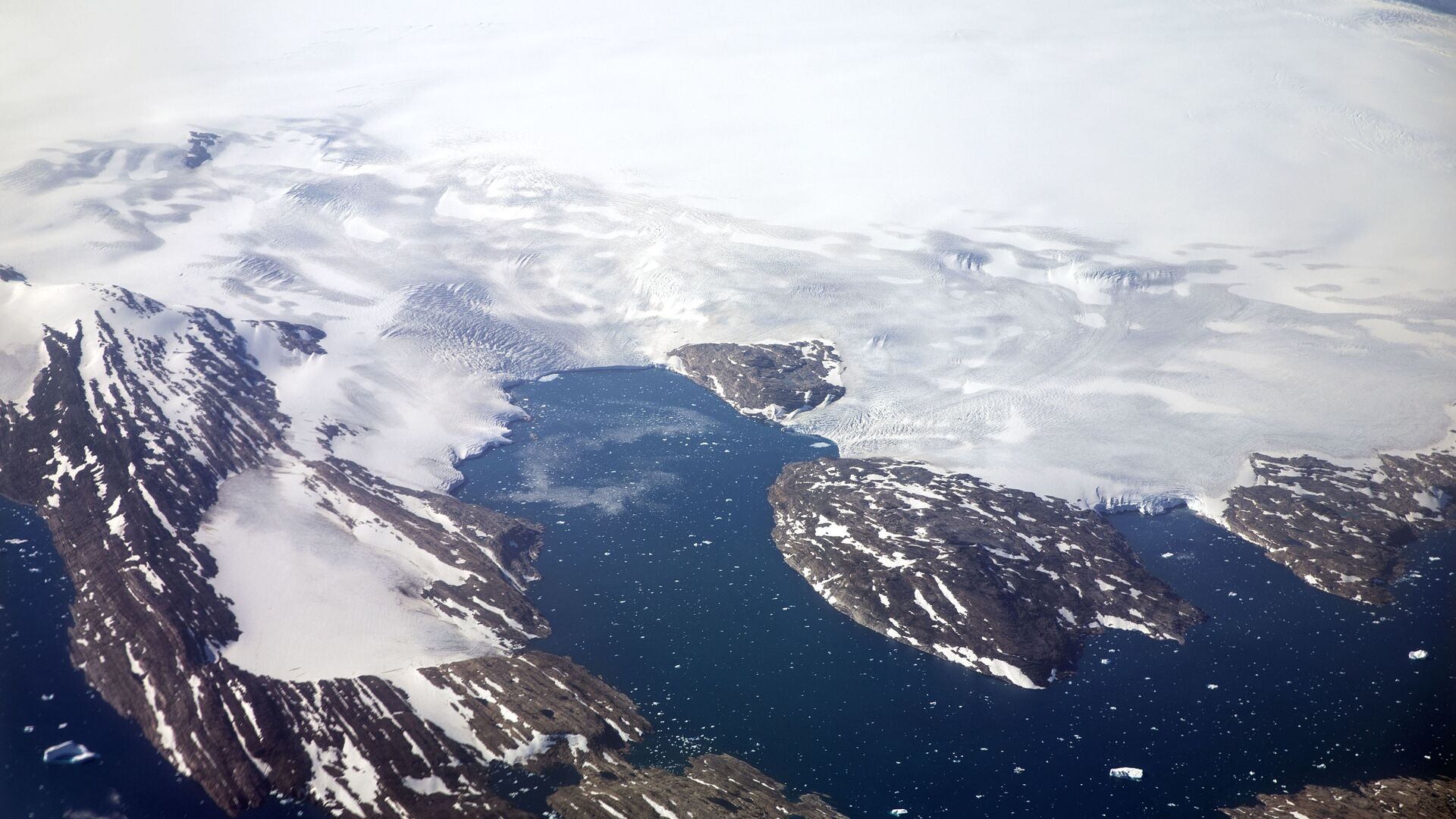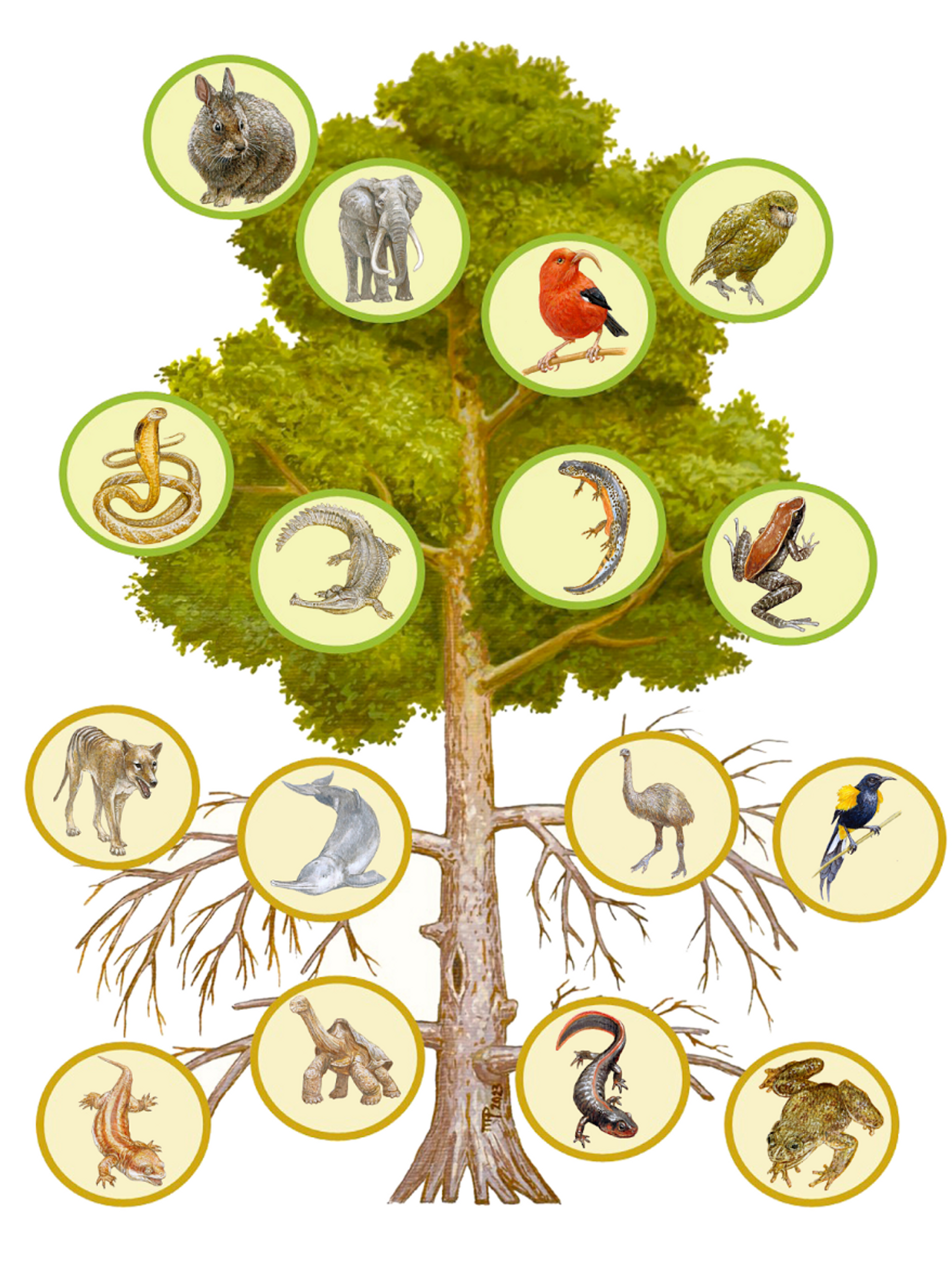https://sputnikglobe.com/20230920/scientists-warn-mass-extinction-event-could-signal-collapse-of-civilization-1113513098.html
Scientists Warn Mass Extinction Event Could Signal ‘Collapse of Civilization’
Scientists Warn Mass Extinction Event Could Signal ‘Collapse of Civilization’
Sputnik International
Professors at Stanford and the National Autonomous University of Mexico released a sobering study on Monday detailing the impact of human actions driving mass extinction.
2023-09-20T03:19+0000
2023-09-20T03:19+0000
2023-09-20T03:16+0000
beyond politics
mass extinction
extinction
civilization
study
research
https://cdn1.img.sputnikglobe.com/img/107725/12/1077251217_0:218:2865:1829_1920x0_80_0_0_badb3bc75b552a7d64813c66398aa79a.jpg
Professors at Stanford and the National Autonomous University of Mexico released a sobering study on Monday detailing the impact of human actions driving mass extinction.“We are in the sixth mass extinction event,” begins the paper authored by researchers Gerardo Ceballos and Paul R. Ehrlich. “Unlike the previous five, this one is caused by the overgrowth of a single species, Homo sapiens.”“The current generic extinction rates are 35 times higher than expected background rates prevailing in the last million years,” wrote Ceballos and Ehrlich.A number of human actions are identified as contributing to the phenomenon, including poaching, habitat loss, and pesticide use. The role of climate change is also examined, another crisis the researchers say is closely related.A number of startling events recently demonstrated these dual crises during a summer in the Northern Hemisphere, described by NASA as the “hottest since global records began in 1880.” Rising ocean temperatures have contributed to mass die-offs observed among birds, fish, and sea lions. Recently, vanishing polar ice contributed to the collapse of entire colonies of emperor penguins in Antarctica.An ongoing crisis regarding a decline in populations of bees and other insects has also been reported for several years.The authors caution the consequences of extinctions are difficult to predict because the interrelations between living beings are so complex. "If you take one brick, the wall won't collapse," said Ceballos. "You take many more, eventually the wall will collapse.”“People say that we are alarmist by saying that we expect a collapse. We are alarmist because we are alarmed.”
https://sputnikglobe.com/20230703/scientists-uncover-likely-cause-of-megalodons-extinction-1111641195.html
Sputnik International
feedback@sputniknews.com
+74956456601
MIA „Rossiya Segodnya“
2023
Sputnik International
feedback@sputniknews.com
+74956456601
MIA „Rossiya Segodnya“
News
en_EN
Sputnik International
feedback@sputniknews.com
+74956456601
MIA „Rossiya Segodnya“
Sputnik International
feedback@sputniknews.com
+74956456601
MIA „Rossiya Segodnya“
mass extinction event, collapse of civilization, national autonomous university of mexico, human-induced environmental setback
mass extinction event, collapse of civilization, national autonomous university of mexico, human-induced environmental setback
Scientists Warn Mass Extinction Event Could Signal ‘Collapse of Civilization’
Earth may be experiencing a “sixth mass extinction” threatening entire branches of the “Tree of Life,” according to a new article published in the Proceedings of the National Academy of Sciences (PNAS) journal.
Professors at Stanford and the National Autonomous University of Mexico released a sobering study on Monday detailing the impact of human actions driving mass extinction.
“We are in the sixth mass extinction event,” begins the paper authored by researchers Gerardo Ceballos and Paul R. Ehrlich. “Unlike the previous five, this one is caused by the overgrowth of a single species, Homo sapiens.”
“The episode… is much more threatening, because beyond that loss, it is causing rapid mutilation of the tree of life,” state the authors, using English naturalist Charles Darwin’s metaphor for the living world. “Entire branches (collections of species, genera, families, and so on) and the functions they perform are being lost.”
The study was among the first attempts to analyze the issue by examining extinction at the level of genera over the past centuries. Genera, the plural of genus, is the level of classification of living things broader than species, but narrower than family.
The researchers expected to find that entire genera of beings are becoming extinct less rapidly than individual species, but were surprised to find the rates were similar.
“The current generic extinction rates are 35 times higher than expected background rates prevailing in the last million years,” wrote Ceballos and Ehrlich.
The authors undertook their study by examining records of extinct species from the International Union for Conservation of Nature (IUCN). They chose to focus on vertebrates (species with a backbone) due to greater availability of data, then categorized each species into its proper genus.
The authors’ findings indicated a shocking 73 genera became extinct in just the last 500 years, a process that should’ve taken 18,000 years in the absence of human influence.
A number of human actions are identified as contributing to the phenomenon, including poaching, habitat loss, and pesticide use. The role of climate change is also examined, another crisis the researchers say is closely related.
"The extinction crisis is as bad as the climate change crisis. It is not recognized,"
said Ceballos.
A number of startling events recently demonstrated these dual crises during a summer in the Northern Hemisphere, described by NASA as the “hottest since global records began in 1880.” Rising ocean temperatures have contributed to mass die-offs observed among
birds,
fish, and
sea lions. Recently, vanishing polar ice contributed to the
collapse of entire colonies of emperor penguins in Antarctica.
An ongoing crisis regarding a decline in populations of bees and other insects has also been reported for several years.
The authors caution the consequences of extinctions are difficult to predict because the interrelations between living beings are so complex. "If you take one brick, the wall won't collapse," said Ceballos. "You take many more, eventually the wall will collapse.”
"What happens in the next two decades will very likely define the future of biodiversity and H. sapiens," the authors warn. “Immediate political, economic, and social efforts of an unprecedented scale are essential if we are to prevent these extinctions and their societal impacts.”
“People say that we are alarmist by saying that we expect a collapse. We are alarmist because we are alarmed.”




